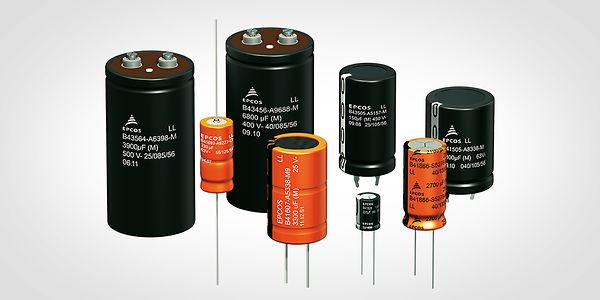When it comes to soldering, the choice of solder alloy can significantly impact the quality and durability of your joints. Among the most commonly used solders in electronics are the 60/40 and 63/37 tin-lead alloys. While both have their merits, understanding their differences can help you make an informed decision tailored to your specific application. In this article, we will delve into the characteristics, advantages, and ideal use cases for each solder type, ultimately answering the question: which solder is better, 60/40 or 63/37?
Understanding the Basics: Composition and Melting Points
Before we dive into the comparison, it’s essential to understand the composition of these solders. The numbers in 60/40 and 63/37 refer to the percentage of tin (Sn) and lead (Pb) in the alloy.
- 60/40 Solder: Comprising 60% tin and 40% lead, this alloy has a melting point of approximately 188°C (370°F). It is known for its good flow characteristics and is widely used in various soldering applications.
- 63/37 Solder: This alloy contains 63% tin and 37% lead, with a melting point of around 183°C (361°F). The key distinction here is that 63/37 solder is classified as a eutectic alloy, meaning it transitions from solid to liquid at a single temperature, providing a more consistent melting behavior.
Melting Behavior: The Eutectic Advantage
One of the most significant differences between 60/40 and 63/37 solders lies in their melting behavior. The eutectic nature of 63/37 solder means that it has a lower melting point and a more defined melting range. This characteristic allows for quicker and more uniform melting, which can be particularly advantageous in precision soldering applications.
In contrast, 60/40 solder has a plastic range, meaning it remains in a semi-solid state over a range of temperatures. This can lead to a longer time required for the solder to fully melt and flow, which may not be ideal for intricate electronic components that require precise soldering.
Flow Characteristics: Which Solder Flows Better?
Flow characteristics are crucial when it comes to soldering, as they determine how well the solder will fill gaps and adhere to surfaces.
- 60/40 Solder: Known for its excellent flow properties, 60/40 solder is often favored for general-purpose soldering. Its higher lead content allows it to flow well and fill joints effectively, making it suitable for a wide range of applications, from circuit boards to larger electronic assemblies.
- 63/37 Solder: While 63/37 solder also exhibits good flow characteristics, its eutectic nature allows it to flow more smoothly and quickly into tight spaces. This makes it particularly useful for delicate components and high-density circuit boards where precision is paramount.
Mechanical Properties: Strength and Reliability
When evaluating solder, mechanical properties such as tensile strength and fatigue resistance are critical, especially in applications subjected to stress or vibration.
- 60/40 Solder: This alloy tends to provide a slightly stronger joint due to its higher lead content. It is often preferred in applications where mechanical strength is a priority, such as in automotive or industrial electronics.
- 63/37 Solder: While it may not be as strong as 60/40, the reliability of 63/37 solder in terms of thermal cycling and fatigue resistance is commendable. Its ability to create a consistent joint with minimal voids makes it a reliable choice for high-frequency and sensitive electronic applications.
Environmental Considerations: Lead Content and Alternatives
Both 60/40 and 63/37 solders contain lead, which raises environmental and health concerns. As the electronics industry moves towards lead-free alternatives, it’s essential to consider the implications of using these solders.
- Lead-Free Alternatives: There are various lead-free solder options available, such as SAC (tin-silver-copper) alloys, which are designed to meet environmental regulations while providing comparable performance. However, these alternatives often come with their own set of challenges, including higher melting points and different flow characteristics.
Conclusion: Making the Right Choice
In summary, the choice between 60/40 and 63/37 solder depends on your specific soldering needs. If you require a solder that offers excellent flow characteristics and mechanical strength for general applications, 60/40 may be the better option. However, if precision and consistency are paramount, particularly in delicate electronic assemblies, 63/37 solder is likely the superior choice.

